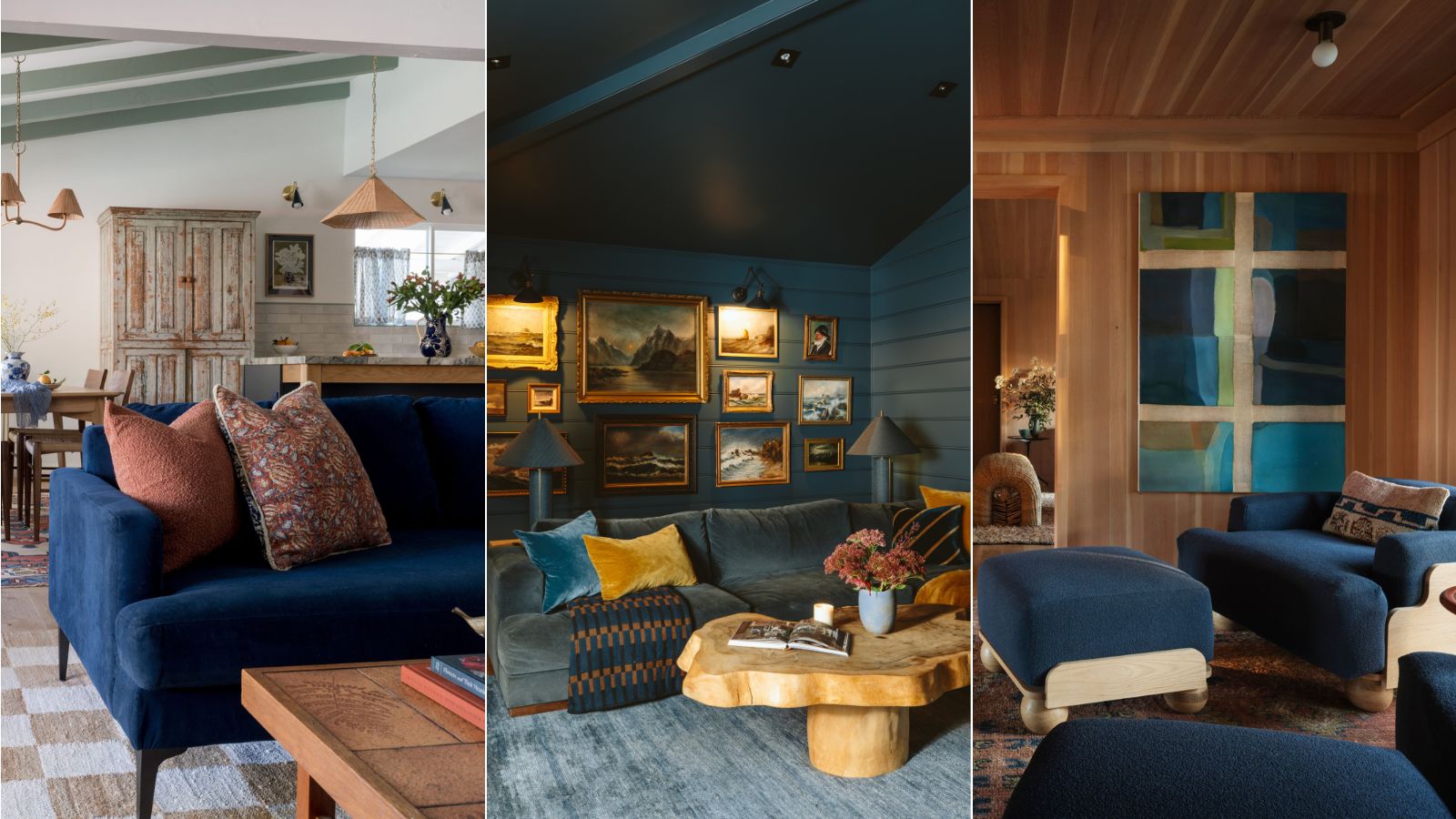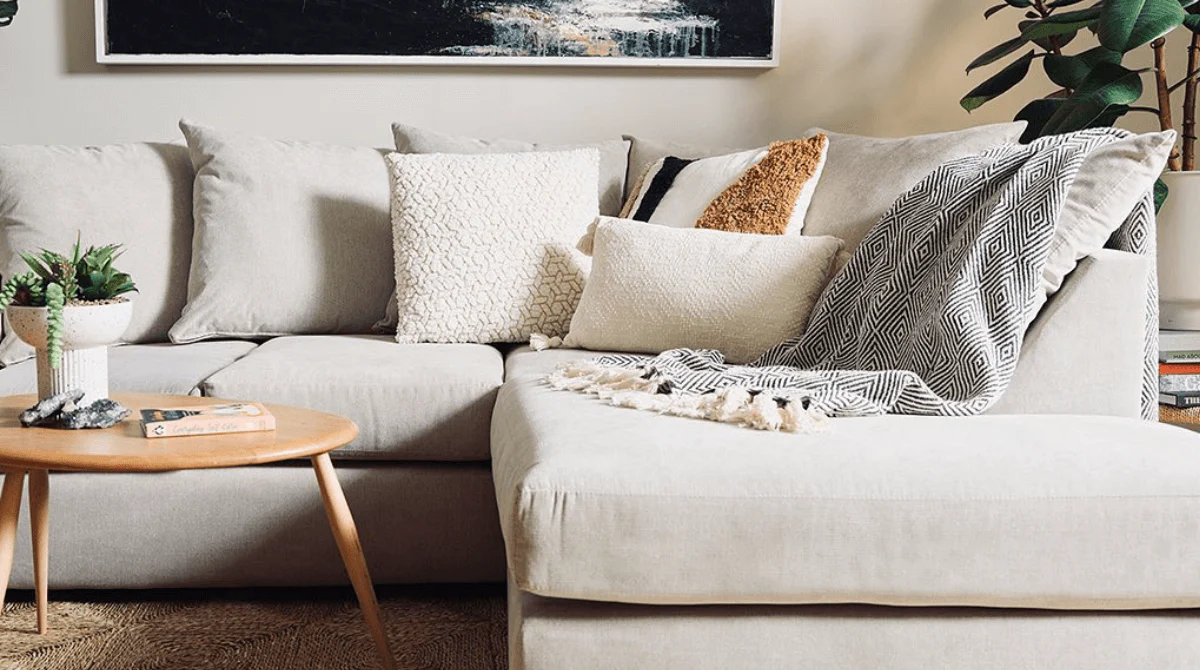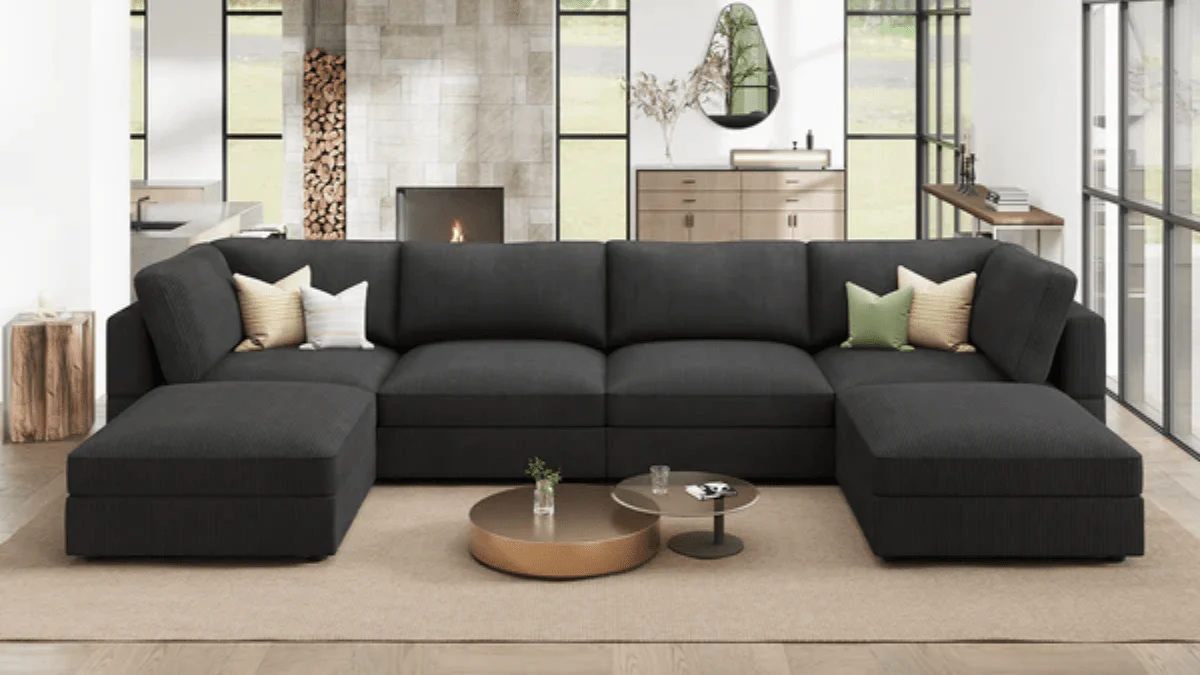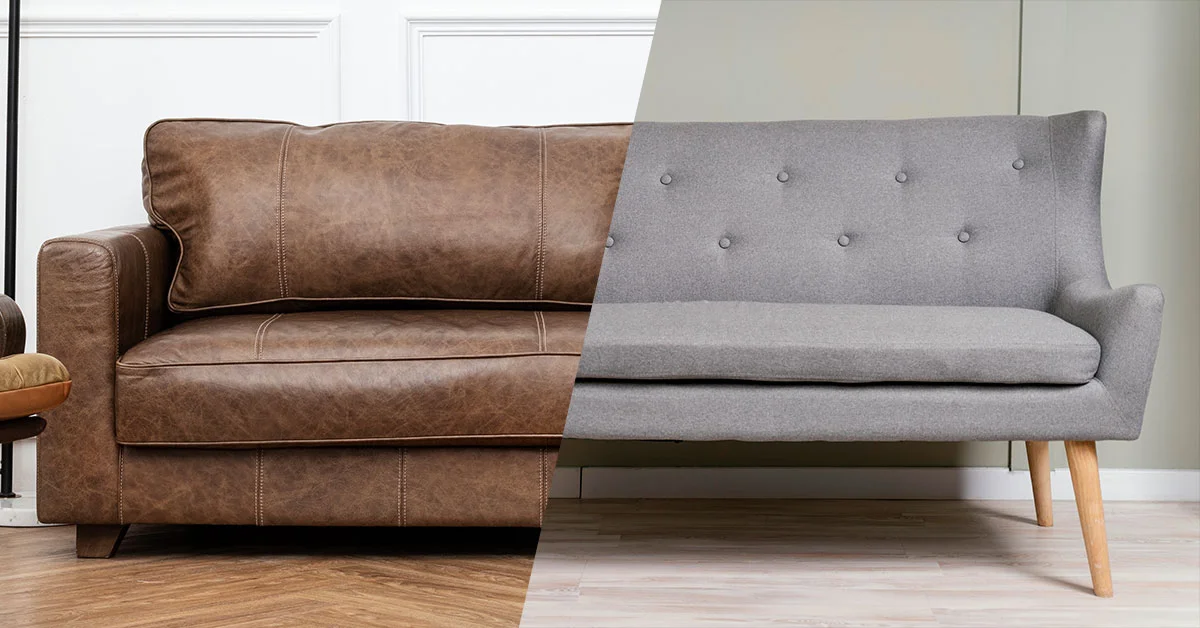A blue sofa is a versatile and stylish piece of furniture. It adds character to a room and pairs well with many colours. Choosing the right colours to complement it can transform your living space into a warm and inviting area. Blue is a calm and cool colour. It can be both modern and classic depending on how it is styled.
Why Does a Blue Sofa Stand Out?
A blue sofa often becomes the focal point of a room. Blue has a calming effect, which makes it a great choice for living rooms. It is also a colour that works well with both light and dark tones. Whether your sofa is a deep navy or a soft pastel blue, the right colours around it can highlight its beauty.
The Importance of Colour Pairing
Colour pairing is crucial when decorating a room. The colours you choose to accompany a blue sofa should create harmony. The wrong colours can make the space feel chaotic, while the right ones can make it feel balanced and welcoming. It is important to consider the size of the room and the overall mood you want to achieve. A small room might benefit from lighter colours, while a larger room can handle bolder, darker shades.
Colours That Work Well With Blue Sofas
Neutral and Classic Pairings
- White: White is a timeless choice. It pairs beautifully with blue and creates a clean, fresh look furniture. White walls or curtains can make a Meridian U Shape Sofa Bed Blue Plush Velvet stand out even more. This combination often feels airy and open, which is perfect for smaller spaces.
- Grey: Grey is another neutral colour that works well with blue. Light grey creates a modern and sophisticated vibe, while darker greys add depth. Pairing a blue sofa with grey throws, rugs, or cushions can bring a subtle elegance to the room.
- Beige: Beige tones add warmth and balance to the coolness of blue. A beige rug or curtains can soften the look of a room while keeping it neutral. This pairing often results in a cozy and comfortable setting.
- Brown: Brown tones like chocolate or tan add warmth and grounding to a room with a blue sofa. Wooden furniture or accents in these shades create a natural and cohesive look.
Vibrant and Contrasting Pairings
- Yellow: Yellow adds a cheerful and vibrant contrast to blue. Mustard or golden yellows in particular create a rich and inviting atmosphere. Use yellow in small touches such as cushions or artwork to avoid overwhelming the space.
- Orange: Orange is a complementary colour to blue, creating a striking contrast. Shades like terracotta or burnt orange work well in rugs or cushions. This combination is bold yet balanced when used thoughtfully.
- Green: Green, especially muted tones like sage or olive, works beautifully with blue. It brings a natural, earthy feel to the space. Green plants or accessories can also add a refreshing touch.
- Pink: Pink may not seem like an obvious choice, but it complements blue wonderfully. Soft pinks create a romantic and delicate look, while brighter pinks can make a bold statement. This pairing is ideal for those who love a touch of playfulness.
Designing and Accessorizing Your Blue Sofa Space
Matching Patterns and Textures
The colours you choose don’t have to be solid. Patterns and textures can bring life to the room. I.e: striped or floral cushions in complementary colours can add depth. A textured throw in a neutral or contrasting shade can enhance the coziness of the sofa. Rugs with intricate patterns that include shades of blue can tie the space together.
Lighting Matters
Lighting plays a significant role in how colours appear. Natural light can make colours look more vibrant, while artificial light can alter their tones. If your room has plenty of sunlight, lighter colours may work better. In a dimly lit room, opt for richer, warmer tones to make the space feel cozy.
Small Spaces vs. Large Spaces
In smaller rooms, lighter colours can make the space feel more open and airy. White, beige, or light grey are excellent choices. For larger rooms, darker tones like navy or charcoal can add drama and sophistication. The size of the room can guide your colour decisions to ensure the space feels balanced.
Combining Accessories and Decor
Accessories are key to pulling the look together. A blue sofa can be complemented with throws, cushions, curtains, and rugs in various colours. A beige rug can ground the room, while yellow or pink cushions add pops of colour. Artwork is another way to incorporate complementary colours. Don’t forget about plants; their greenery pairs beautifully with blue and adds a natural element to the room.
Choosing Wall Colours
Wall colour is one of the most significant decisions when decorating around a blue sofa. Light blue walls create a monochromatic look that feels calm and serene. White walls make the sofa the focal point, while grey walls add a modern touch. If you want to be bold, consider painting one wall in a complementary colour like burnt orange or mustard yellow.
Balancing Cool and Warm Tones
Blue is a cool colour, so pairing it with warm tones creates balance. Warm colours like yellow, beige, or brown can offset the coolness of the sofa. This mix of tones makes the room feel inviting and comfortable.
Personal Style
Ultimately, the colours you choose should reflect your style. If you prefer a minimalist look, stick to neutral tones like white and grey. For a more eclectic vibe, mix in brighter colours like pink or green. Your blue sofa is a blank canvas ready to adapt to your taste.
Top Tips for Choosing and Sizing the Perfect Sofa
This section explores the art of choosing a sofa while keeping essential tips in mind.
How to Choose the Perfect Sofa
One of the most common questions people ask is: “What color sofa should I choose?” If you want your new sofa to stand out as a centerpiece and an eye-catching colour, choose an accent piece. For example, if your walls are blue, a yellow sofa will create a striking contrast. Alternatively, if your walls are white, a brightly coloured sofa will pop beautifully.
If you are aiming for a neutral vibe to create harmony in your room, opt for tones like brown leather or lighter greys. Lighter greys have a soft, calm appearance, while darker greys add a bolder, more formal look. For a masculine and bold touch, consider a black couch. However, if your home hosts kids or pets or frequently has parties, darker colors are a safer choice to hide stains.
For humid areas, leather may not be ideal as it absorbs sweat, but fabrics like cotton and polyester are excellent choices. Polyester, in particular, is durable, budget-friendly, and resistant to stains, making it a practical option.
Choosing the Right Sofa Size
Before purchasing a sofa, measure your space carefully. Many online orders fail because the sofa doesn’t fit through the main door or elevator. Use a tape measure to note all entry points diagonally to ensure the sofa will fit. Additionally, your sofa should align with your room’s proportions. Measure the wall length where the sofa will be placed and ensure the sofa’s size is about two-thirds of that length for the best visual balance.
Selecting Functional Designs
For compact spaces, multifunctional pieces like ottomans or storage sofas are practical options. They can serve as a coffee table, seating, or storage, offering versatility without compromising style. When choosing a coffee table, make sure its height matches or is slightly lower than the sofa for a cohesive and functional look.
Durability and Material Choices
Check the frame material of your sofa for durability. Hardwood frames are the best but are expensive. Lift the sofa to test its sturdiness; a good quality sofa should feel substantial in weight. Cushion density also matters; choose firmer cushions for seating longevity and softer ones for occasional lounging.
Enhancing the Sofa’s Look
The overall look of your living room doesn’t depend on the sofa alone. Use decorative accents like pillows, paintings, or wallpapers to create the desired vibe. For a formal look, neutral tones work best, while gold accents add a feminine touch. For a youthful, vibrant space, go for contrasting pillow covers or bold patterns. Adding plants can bring life to your space and create a refreshing atmosphere.
Remember, the vibe of your living room ultimately reflects your personality and family dynamic.
Conclusion
A blue sofa is a versatile and stylish choice for any home. It pairs well with a wide range of colours, from neutrals like white and grey to bold options like orange and yellow. By considering factors like lighting, room size, and your style, you can create a harmonious and inviting space. Decorating with a blue sofa allows you to explore various combinations and experiment with patterns and textures. With the right colour pairings, your blue sofa can become the masterpiece of a stunning living area.





